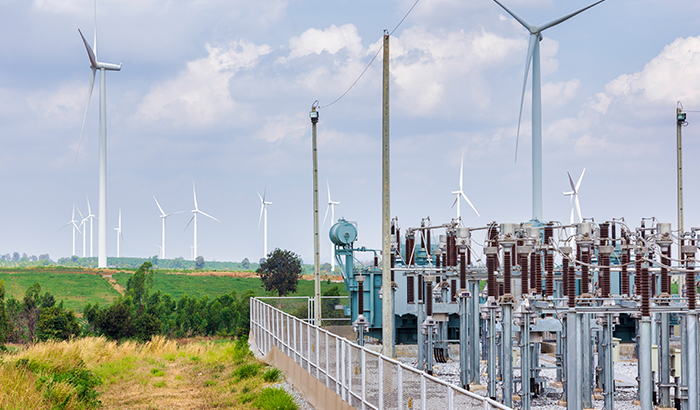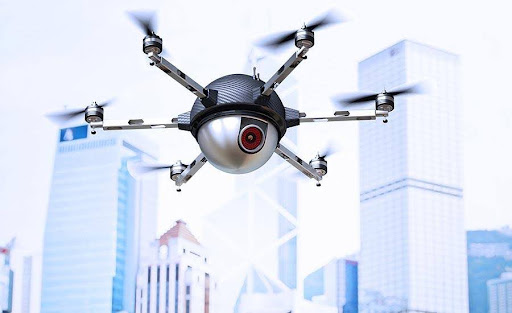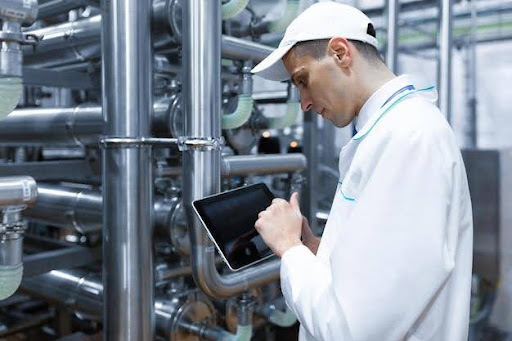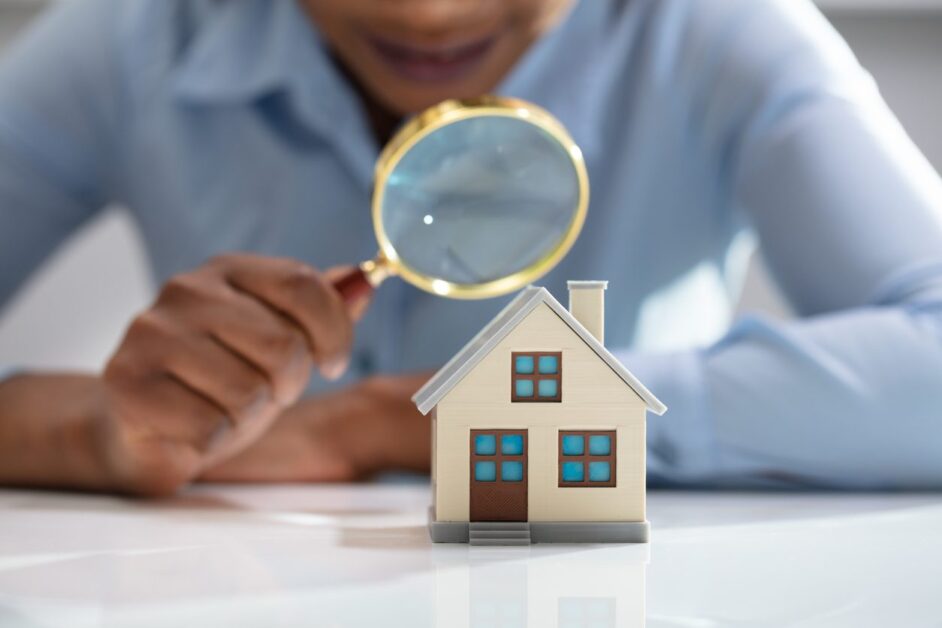Electricity is a central resource to modern life. It powers our homes, our devices, our infrastructure and more. So, finding better ways to deliver power effectively is crucial, helping us waste less energy, save money, and have less impact on the environment. Here we’ll be looking at some of the ways we make the most of the power we distribute.
Smart Grid Technology for Optimized Distribution
Older power grids are typically one way, unable to adjust to changing needs from communities. Smart grid technology changes the game. These systems can talk back and forth via sensors and digital controls, monitoring how much energy is used at different times. That way, it can make rapid calls on where power demands are and distribute it accordingly, helping to waste less electricity and minimise blackouts stemming from excess demand in one area.
The Role of Bus Bar Connectors in Power Distribution
While most of us associate wires with distributing electricity, there’s a component that’s even better at doing this more efficiently. Bus bar connectors are metal bars that can move electricity through systems more efficiently. You probably won’t ever see them in action, but they make a big difference. As they offer less resistance, they can move large amounts of electricity more efficiently than regular wires, with less energy being wasted as heat. This also helps electrical systems run cooler and last longer.
Renewable Energy Integration and Power Distribution
As a planet, we’re a lot more climate conscious now than we were 20 years ago. Renewable energy sources provide energy with less impact, but they also present a challenge. Traditional power plants produce steady electricity, while renewables can vary depending on the strength of their source – such as wind, hydroelectric or solar. In response, new systems typically feature batteries or microgrids to store extra energy to keep the flow of electricity more balanced. These improvements are helping the U.S. move toward better renewable energy usage, with the potential to provide 80 percent of electricity by 2025.
Reducing Transmission Losses Through Advanced Infrastructure
Distance can have an adverse effect on electricity transmission, with energy being lost as heat. But, by upgrading the wires we use alongside the transformers and supporting equipment, these losses can be mitigated.
One technology on the horizon that could have a solid uplift is one that uses direct current (DC) rather than alternating current (AC) that’s used in most power lines. The advantage would be that DC can move electricity over greater distances with considerably less waste.
These improvements to our power systems and more will help us to make the most of our energy, eventually helping us to build a more sustainable future for generations to come.









